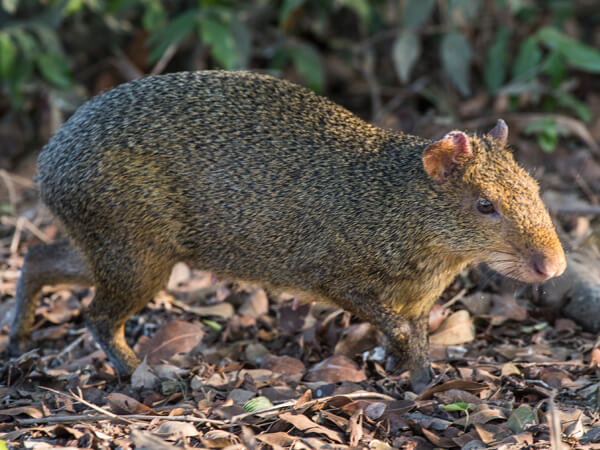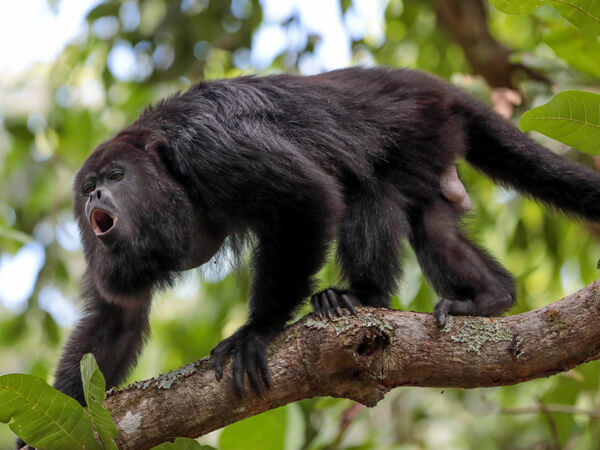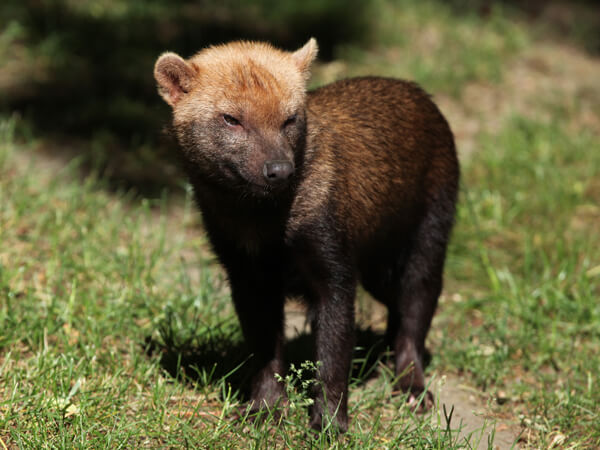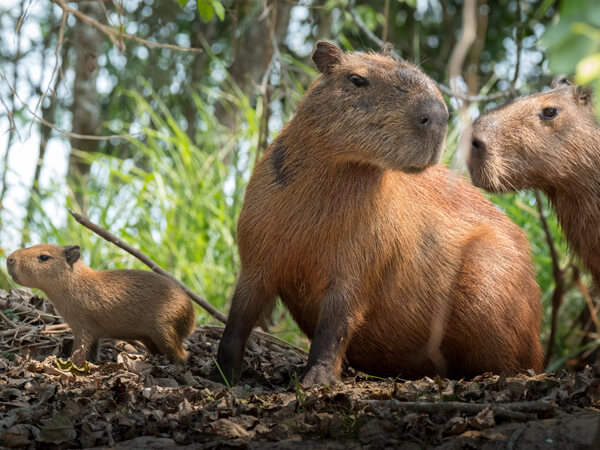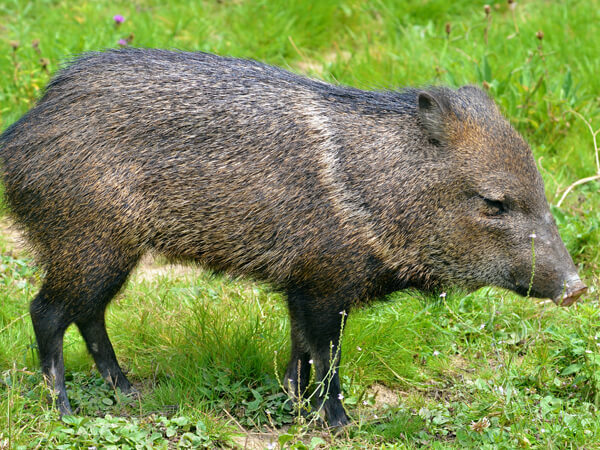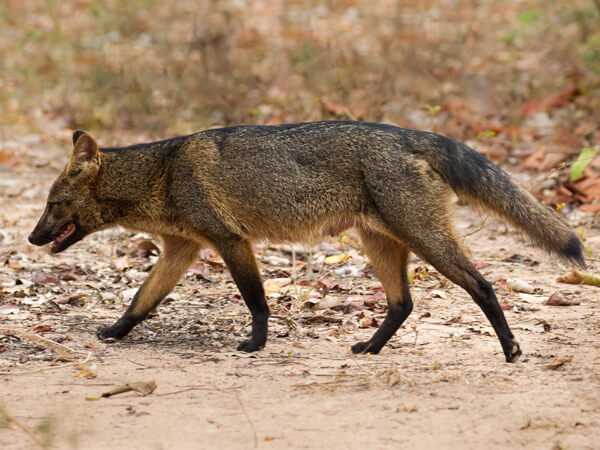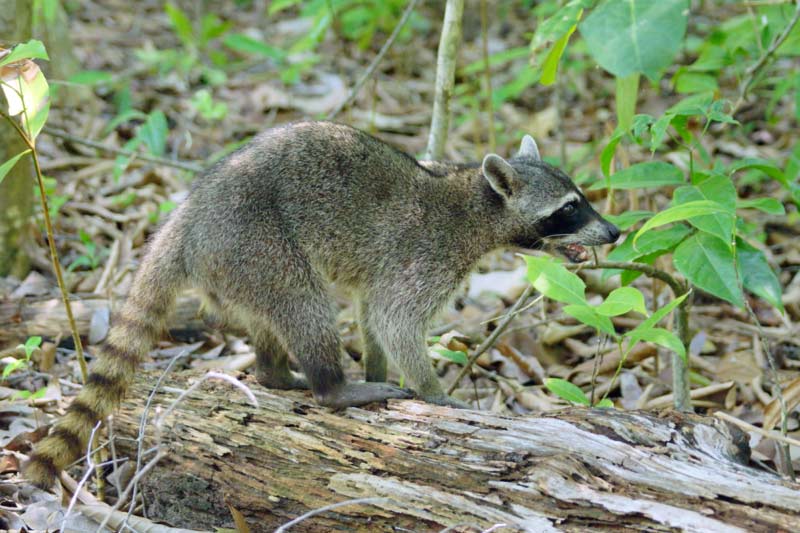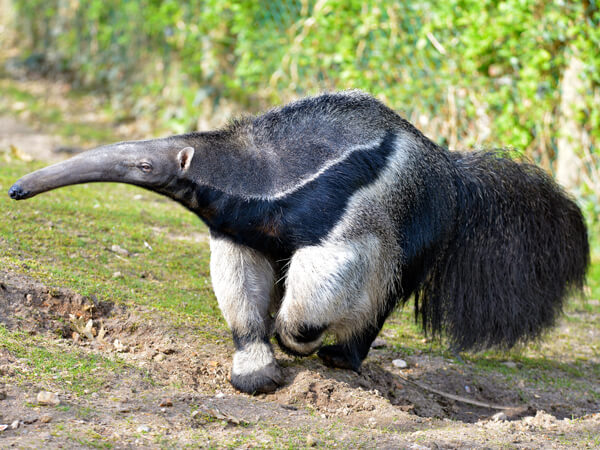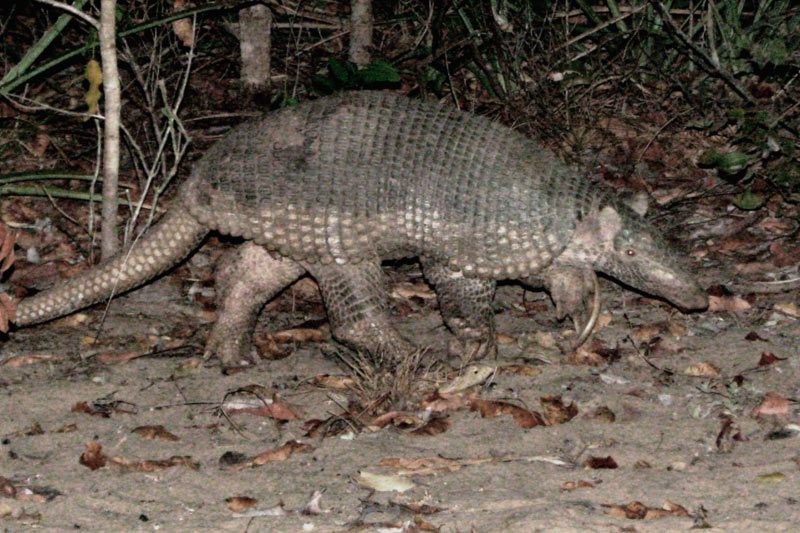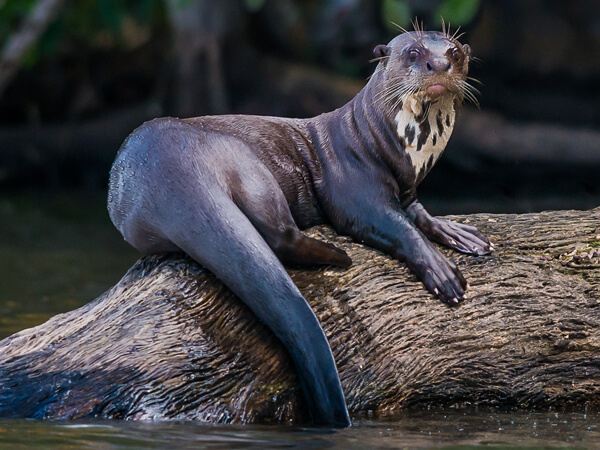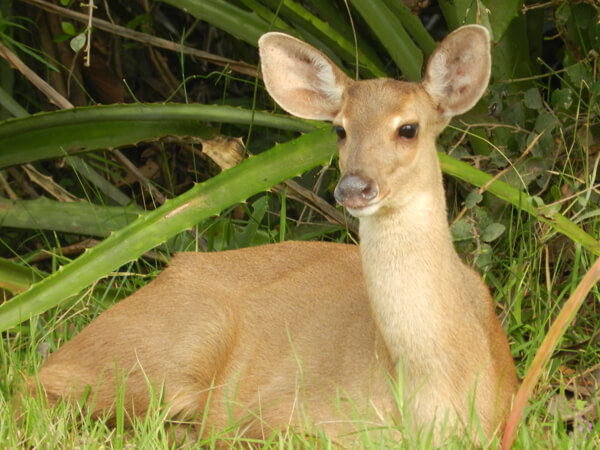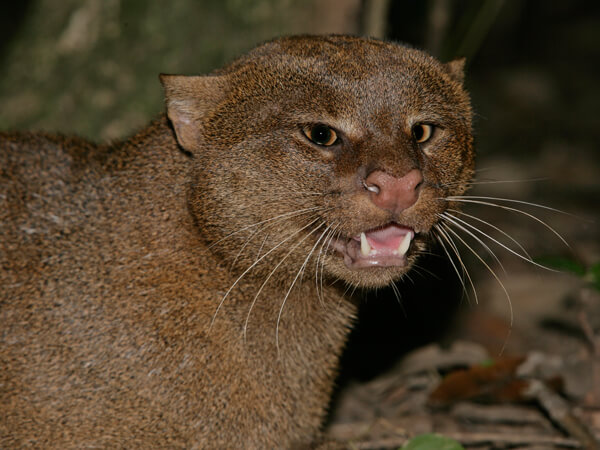Marsupials are found in abundance in their respective areas of occurrence. They adapt well to environments modified by humans.
Click to learn more
Distribution
White-eared opossums are found from Argentina to northern South America. In Brazil, they inhabit the Southern Fields, Caatinga, Cerrado, Pantanal and Atlantic Forest. They live comfortably in cultivated and urban areas, sheltering in linings of houses and even on vacant lots.
Features
White-eared opossums weigh between 500 grams and 2.75 kilograms and can measure between 30 and 44 centimeters in length, with a tail ranging from 30 to 49 centimeters. Females are usually larger than males. The color varies greatly, ranging from dark to nearly white individuals, but they are most commonly light gray, with whitish ears. They are very similar to the big-eared opossum, except for the color of the ears that distinguishes them.
Behavior
White-eared opossums are predominantly nocturnal and seek refuge during the day within hollows of trees and under fallen logs. They are excellent climbers, and live much of their lives in trees. They are animals of solitary habits, except in the breeding season.
Food
White-eared opossums are omnivorous, eating small invertebrates, especially insects, fruits, seeds, rodents, snakes, small birds, lizards, frogs, and sometimes the remains of human food and carrion. They are considered important seed dispersers due to the large consumption of fruits and seeds that germinate after ingestion and subsequent defecation.
Reproduction
The gestation period ranges from 12 to 14 days. Usually four to fourteen pups are born, the average being six, and the cubs spend around 46 days in the mother’s pouch. Mothers possess 9–13 breasts within their marsupial pouch. Weaning starts after 60 days and lasts until the 100th day.
Conservation
White-eared opossums have been listed as “least concern” on both the national list of ICMBio and by the IUCN.


